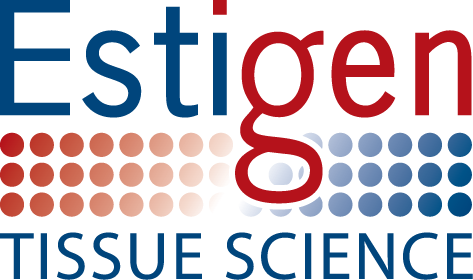All the histochemical and molecular detection techniques that can be used with regular sections can also be used with tissue microarrays. Typical applications include immunohistochemical detection of protein expression in clinical tissue specimens. Some modifications to standard protocols may be required to successfully apply your antibodies with tissue arrays. For example, reagents and conditions that worked well with regular sections may not be optimal for tissue microarrays simply because tissue arrays contain many different tissues types on the same slide. Finding conditions and detection reagents that do not produce non-specific background in any of the tissues present on the array becomes important, and may require further optimization and antibody titration.
Overall, tissue microarrays have numerous advantages over regular sections:
- speed
- throughput
- standardization
- ease-of-use
- conservation of valuable tissue
Example applications of tissue microarrays in cancer research:
- analyze the frequency of a molecular alteration in different tumor types
- evaluate prognostic markers
- test potential diagnostic markers
- optimize antibody staining conditions
